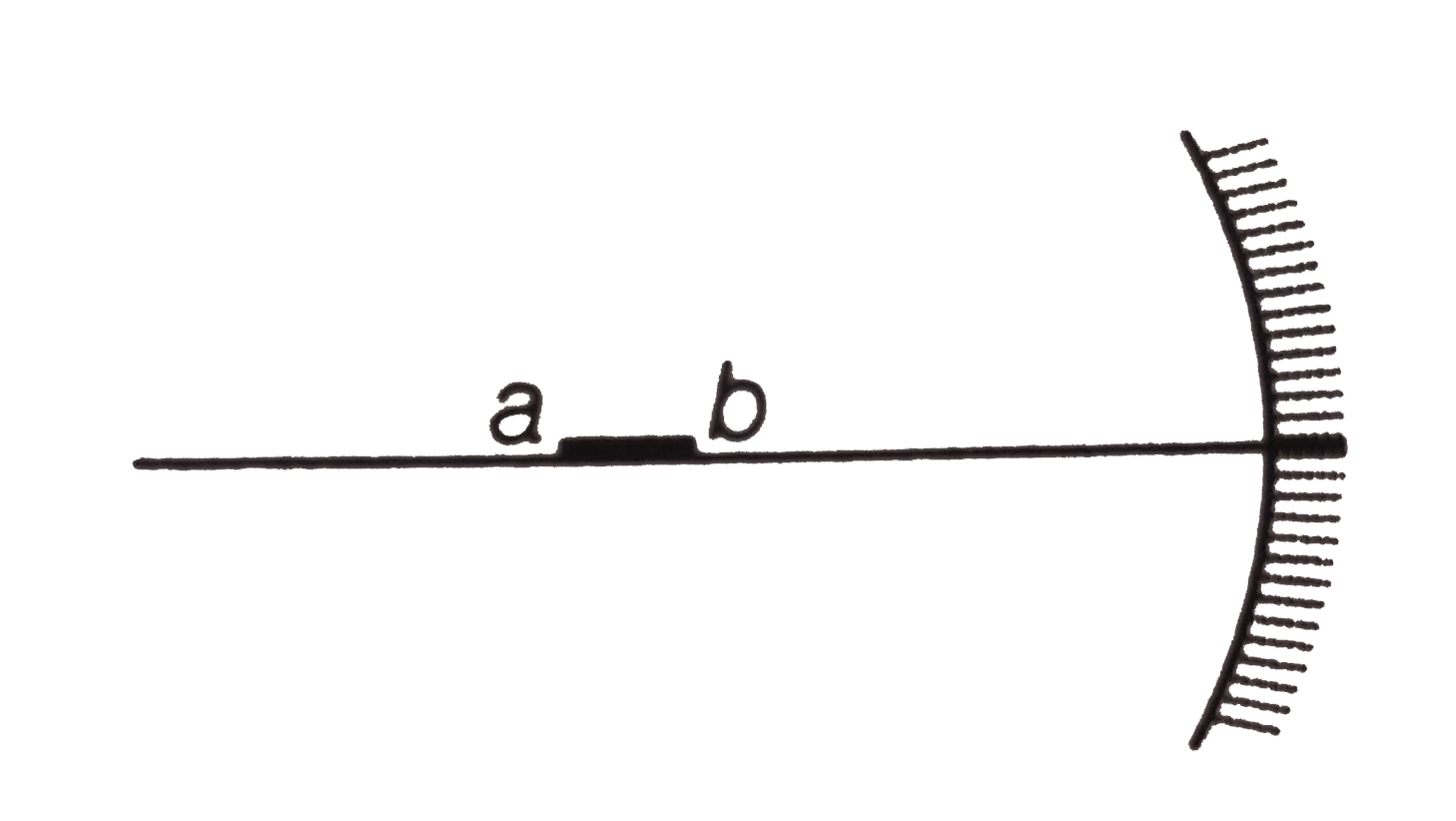Assertion : If magnification of real object is -2. Then, it is definitely a concave mirror.
Reason : Only concave mirror can make real images of real objects.
(a) If both Assertion and Reason are true and the Reason is correct explanation of the Assertion.
(b) If both Assertion and Reason are true but Reason is not the correct explanation of Assertion.
(c) If Assertion is true, but the Reason is false.
(d) If Assertion is false but the Reason is true.
The correct Answer is:A, B
To solve the problem, we need to analyze the assertion and the reason provided in the question step by step.
Step 1: Understanding Magnification
The magnification (m) of a mirror is defined as the ratio of the height of the image (h2) to the height of the object (h1). Mathematically, it can be expressed as:
m=h2h1
Step 2: Given Information
From the question, we know:
- The magnification (m) is -2.
- The object is real, which means the object distance (u) is positive (u > 0).
- The height of the object (h1) is positive (h1 > 0).
Step 3: Analyzing the Magnification
Since the magnification is given as -2:
−2=h2h1
This implies:
h2=−2⋅h1
Since h1 is positive, h2 must be negative. This indicates that the image is inverted.
Step 4: Identifying the Type of Mirror
In optics, a concave mirror can produce real and inverted images when the object is placed in front of it. The negative height of the image (h2 < 0) confirms that the image is inverted, which is characteristic of a real image formed by a concave mirror.
Step 5: Evaluating the Assertion and Reason
- Assertion: If the magnification of a real object is -2, then it is definitely a concave mirror. This is true because the negative magnification indicates an inverted image, which is formed by a concave mirror.
- Reason: Only a concave mirror can make real images of real objects. This is also true, as concave mirrors are the only type of mirror that can produce real images for real objects.
Conclusion
Both the assertion and the reason are true, and the reason correctly explains the assertion. Therefore, the final answer is that both the assertion and reason are true, and the reason is the correct explanation of the assertion.
---
The magnification (m) of a mirror is defined as the ratio of the height of the image (h2) to the height of the object (h1). Mathematically, it can be expressed as:
m=h2h1
From the question, we know:
- The magnification (m) is -2.
- The object is real, which means the object distance (u) is positive (u > 0).
- The height of the object (h1) is positive (h1 > 0).
Since the magnification is given as -2:
−2=h2h1
This implies:
h2=−2⋅h1
Since h1 is positive, h2 must be negative. This indicates that the image is inverted.
In optics, a concave mirror can produce real and inverted images when the object is placed in front of it. The negative height of the image (h2 < 0) confirms that the image is inverted, which is characteristic of a real image formed by a concave mirror.
- Assertion: If the magnification of a real object is -2, then it is definitely a concave mirror. This is true because the negative magnification indicates an inverted image, which is formed by a concave mirror.
- Reason: Only a concave mirror can make real images of real objects. This is also true, as concave mirrors are the only type of mirror that can produce real images for real objects.
Both the assertion and the reason are true, and the reason correctly explains the assertion. Therefore, the final answer is that both the assertion and reason are true, and the reason is the correct explanation of the assertion.
Topper's Solved these Questions
- REFLECTION OF LIGHTBOOK - DC PANDEY ENGLISHCHAPTER - REFLECTION OF LIGHTEXERCISE - Exercise Level 1 Objective
12 Videos
- REFLECTION OF LIGHTBOOK - DC PANDEY ENGLISHCHAPTER - REFLECTION OF LIGHTEXERCISE - Exercise Level 1 Subjective
17 Videos
- REFLECTION OF LIGHTBOOK - DC PANDEY ENGLISHCHAPTER - REFLECTION OF LIGHTEXERCISE - Introductory Exercise
1 Videos
- RAY OPTICSBOOK - DC PANDEY ENGLISHCHAPTER - RAY OPTICSEXERCISE - Medical entrance gallary
76 Videos
- REFRACTION OF LIGHTBOOK - DC PANDEY ENGLISHCHAPTER - REFRACTION OF LIGHTEXERCISE - Level 2 Subjective
21 Videos
Similar Questions
Assetion : Rear view mirror of vehicles is a convex mirror.
Reason : It never makes real image of real objects.
View SolutionCan a plane mirror ever form a real image ?
View SolutionCan a convex mirror form a real image! Explain.
View SolutionWhat type of mirror can be used to obtain a real image of an object?
View SolutionUnder what condition, a concave lens can make a real image.
View SolutionA real object is moving toward a fixed spherical mirror. The image
View SolutionIf the distance between the virtual image from Its real object is 60 cm in case of a concave mirror . The focal length of the concave mirror If the image formed is 3 times magnified image is
View Solution
A small object ab of size 1mm is kept at a distance of 40 cm form a concave mirror of focal length 30 cm. Make image of this object.
View SolutionUnder which of the following conditions a concave mirror can form a real image larger than the actual object ?
View SolutionThe minimum distance between the object and its real image for concave mirror is
View Solution
